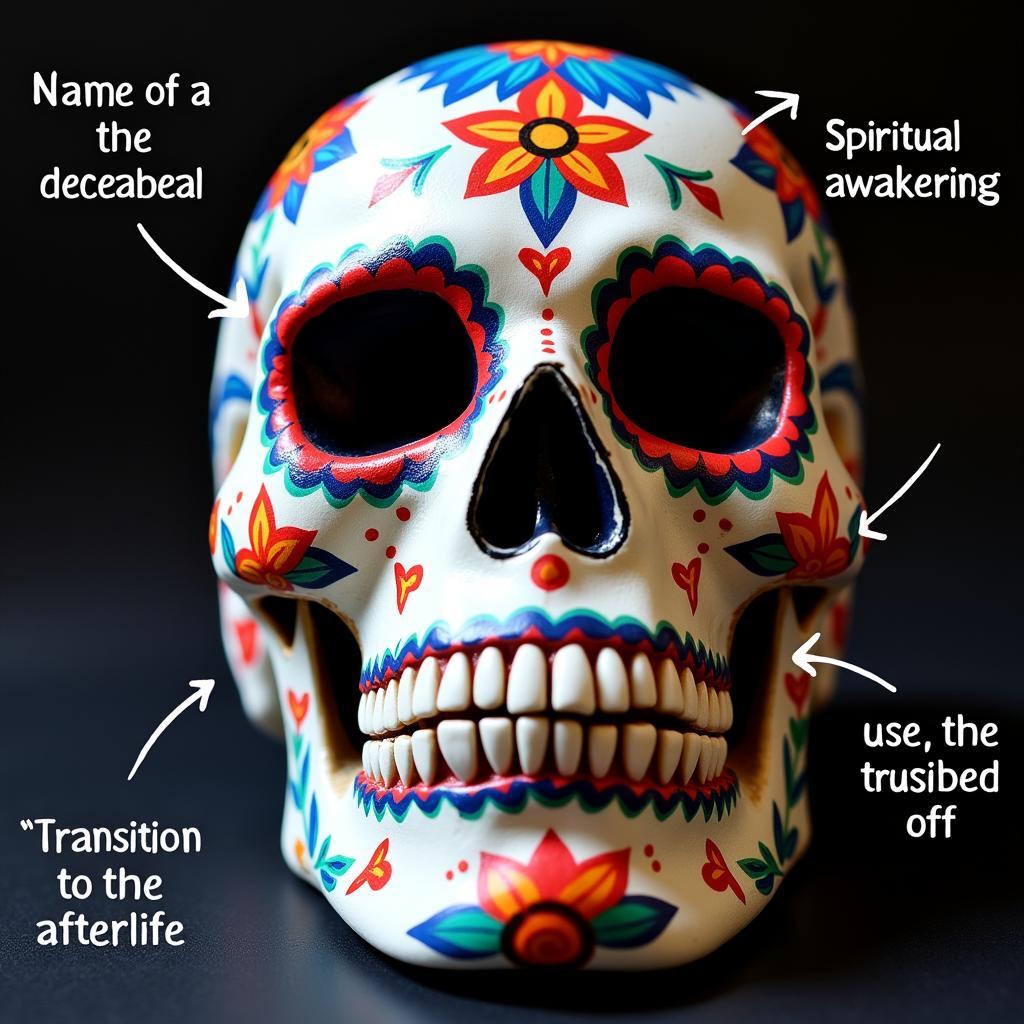Exploring Homosexual Greek Art: A Journey Through Ancient Desires
Homosexual Greek Art provides a fascinating glimpse into the social norms and cultural values of ancient Greece. It’s a complex and often misunderstood topic, but by exploring its nuances, we can gain a deeper understanding of how same-sex relationships were perceived and represented in this influential civilization. This exploration delves into the various forms of homosexual Greek art, its symbolism, and its significance in understanding the broader context of ancient Greek society.
Depictions of Love and Desire in Homosexual Greek Art
Ancient Greek art often depicted same-sex relationships, particularly between men. These depictions weren’t necessarily viewed as taboo or unusual, reflecting a different cultural understanding of love and sexuality than what prevails in many modern societies. The relationships portrayed in these artworks ranged from passionate love affairs to mentorship and camaraderie, showcasing the spectrum of male bonds in ancient Greece. These artistic representations are invaluable for understanding the complexities of ancient Greek social dynamics.
One key aspect to understand is the concept of paiderastia, a socially accepted relationship between an older man (the erastes) and a younger adolescent boy (the eromenos). This relationship often involved mentorship and education, alongside a romantic or sexual component. While viewed differently today, paiderastia was an integral part of ancient Greek society, and its representation in art provides valuable insights into their cultural norms.
Decoding the Symbolism in Homoerotic Greek Art
The symbolism within homoerotic Greek art can be intricate and layered. Certain objects, gestures, and even the positioning of figures held specific meanings. For instance, gifts exchanged between lovers, like a hare, could symbolize romantic pursuit. Understanding this symbolism is crucial for accurately interpreting the artwork and the narratives it conveys. These symbolic elements offer a richer understanding of the emotions and societal context surrounding these relationships.
The Influence of Mythology on Homosexual Greek Art
Greek mythology played a significant role in shaping artistic representations of same-sex relationships. Myths featuring figures like Zeus and Ganymede, or Apollo and Hyacinth, provided narratives that artists frequently drew upon. These mythological tales imbued homosexual relationships with a sense of divine acceptance and even celebration. Examining these myths can illuminate the societal views and acceptance surrounding same-sex love in ancient Greece.
Professor Alexander Cartwright, a renowned scholar of ancient Greek art at the University of Oxford, explains, “The myths provided a framework for understanding and representing same-sex love, often associating it with divine favor and beauty.” Further reinforcing this, Dr. Sophia Dimitriou, an expert in ancient Greek culture at the National Archaeological Museum in Athens, adds, “The artistic representations of these myths are not merely illustrations, but complex narratives that reflect the societal values and beliefs of the time.”
Homosexual Greek Art: A Legacy of Beauty and Complexity
Homosexual Greek art is a testament to the diverse and complex nature of love and desire in ancient Greece. It challenges our modern perspectives and encourages us to explore the historical context of human relationships. By examining homoerotic Greek art, we can gain a richer appreciation for the artistic achievements of ancient Greece and the complexities of their social fabric.
Conclusion
Homosexual Greek art offers a unique window into a fascinating aspect of ancient Greek culture. It is a subject that deserves continued study and appreciation for its artistic merit and historical significance. This exploration of homoerotic Greek art has only scratched the surface of a complex and intriguing topic, inviting further exploration into the nuanced world of ancient Greek sexuality and artistic expression.
FAQ
- What is paiderastia?
- What are some common symbols in homosexual Greek art?
- How did mythology influence depictions of same-sex relationships in Greek art?
- Where can I see examples of homosexual Greek art?
- What is the significance of studying homosexual Greek art?
- How did ancient Greek society view same-sex relationships?
- What are some key differences between ancient Greek views on sexuality and modern views?
Need help? Contact us 24/7 at Phone: 02462573573, Email: danteum@gmail.com or visit us at Savico Megamall, 7-9 Đ. Nguyễn Văn Linh, Gia Thụy, Long Biên, Hà Nội 10000, Việt Nam.


